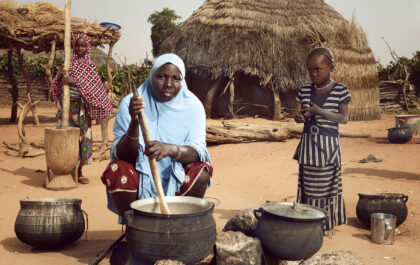Related Articles
Israel Joins EU’s New Research and Innovation Program Horizon 2020
Israel will be associated to Horizon 2020, the new EU research and innovation program, under an agreement signed on Sunday in the presence of visiting European Commission’s President José Manuel Barroso and Israeli Prime Minister Benjamin Netanyahu. The agreement will boost cooperation between Israeli and EU researchers and innovators and will enable hi-tech companies and […]
Morocco captures a French-Guinean fugitive wanted by Interpol
Moroccan police arrested on Sunday in the Northern city of Tangier a French-Guinean fugitive on an international warrant issued by the French judicial authorities for “attempted murder with a firearm”. The 27-year-old man, who was previously convicted for fraud offenses, was arrested in a tangier hotel, says a statement released by the Moroccan police. The […]
French AFD contributes €134.7 million to Morocco’s education system reform
The French Development Agency (AFD) will contribute €134.7 million to the public policy budget and the support program of the 2022-2026 roadmap for the reform of Morocco’s national education system. The related loan protocol and financing agreement were signed in Rabat this Monday by Minister in charge of the Budget, Fouzi Lekjaa, and the French […]



